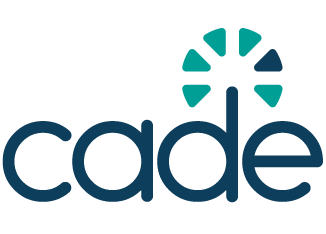UK government’s AI ambitions face critical gaps, warns public accounts committee
The Committee of Public Accounts found that outdated legacy technology and poor data quality are putting AI initiatives at risk.

The UK’s plans to integrate artificial intelligence (AI) across public services risk stalling without urgent reform in digital leadership, procurement practices, and data management, according to a new report by the Public Accounts Committee (PAC). The Eighteenth Report of Session 2024–25, titled Use of AI in Government, lays bare the challenges facing the government as it attempts to turn AI from pilot projects into public service transformation.
At the heart of the report is a concern over the lack of readiness and coordination in the central government. While many departments are experimenting with AI, such as natural language processing for drafting texts or analysing consultations, the adoption remains fragmented, poorly scaled, and lacking clear evaluation frameworks.
‘Government must learn from its pilots, not repeat them in silos,’ the Committee writes, drawing attention to the absence of a central mechanism to share insights across departments.
Skills shortages and legacy systems
Perhaps the most pressing challenge is the digital skills gap. Nearly 70% of departments surveyed cited difficulty in hiring and retaining AI talent. In 2024, half of all advertised civil service tech roles remained vacant – largely due to competition with the private sector. Although the government’s Blueprint for Modern Digital Government proposes reforms, the PAC remains sceptical, noting that similar strategies have previously failed to close the skills divide.
Meanwhile, out-of-date IT infrastructure continues to block progress. Nearly a third of central government systems are defined as ‘legacy,’ posing cybersecurity risks and preventing effective data sharing. Of the 72 most critical systems, 21 still lacked funding for upgrades as of early 2025.
Trust and transparency falling behind
Public trust in AI use is another fragile pillar. A majority of government bodies see building trust as a priority, but efforts remain weak. The Algorithmic Transparency Recording Standard, a voluntary registry for explaining how algorithms are used in decision-making, has only logged 33 entries. Stakeholders, including the Ada Lovelace Institute and Local Government Association, warned that a lack of transparency and data privacy concerns could trigger public resistance.
Procurement: A System Not Fit for AI
The Committee also warns that outdated procurement systems are unfit for a fast-evolving AI market. The dominance of a handful of tech giants risks vendor lock-in, stifling innovation and undermining value for money. While DSIT has promised an AI-specific procurement framework and a new Digital Commercial Centre of Excellence, the report demands more clarity on how these tools will serve small suppliers and deliver long-term savings.
The road ahead
The recent move to consolidate digital leadership -transferring the Government Digital Service (GDS), Central Digital and Data Office (CDDO), and the Incubator for AI (i.AI) under the Department for Science, Innovation and Technology (DSIT) – is welcomed. However, the PAC questions whether DSIT has enough authority to lead a digital transformation of this scale.
It recommends embedding senior digital leaders across all government departments and including their updates in annual reports. Stronger monitoring, clearer accountability, and continuous reporting on AI progress will be key to building momentum.
Conclusion
The Committee’s message is clear: the promise of AI in government is real, but so are the risks of failure. Without bold leadership, proper resourcing, and structural reforms, AI may remain a patchwork of experiments—rather than a tool for real public sector innovation.


